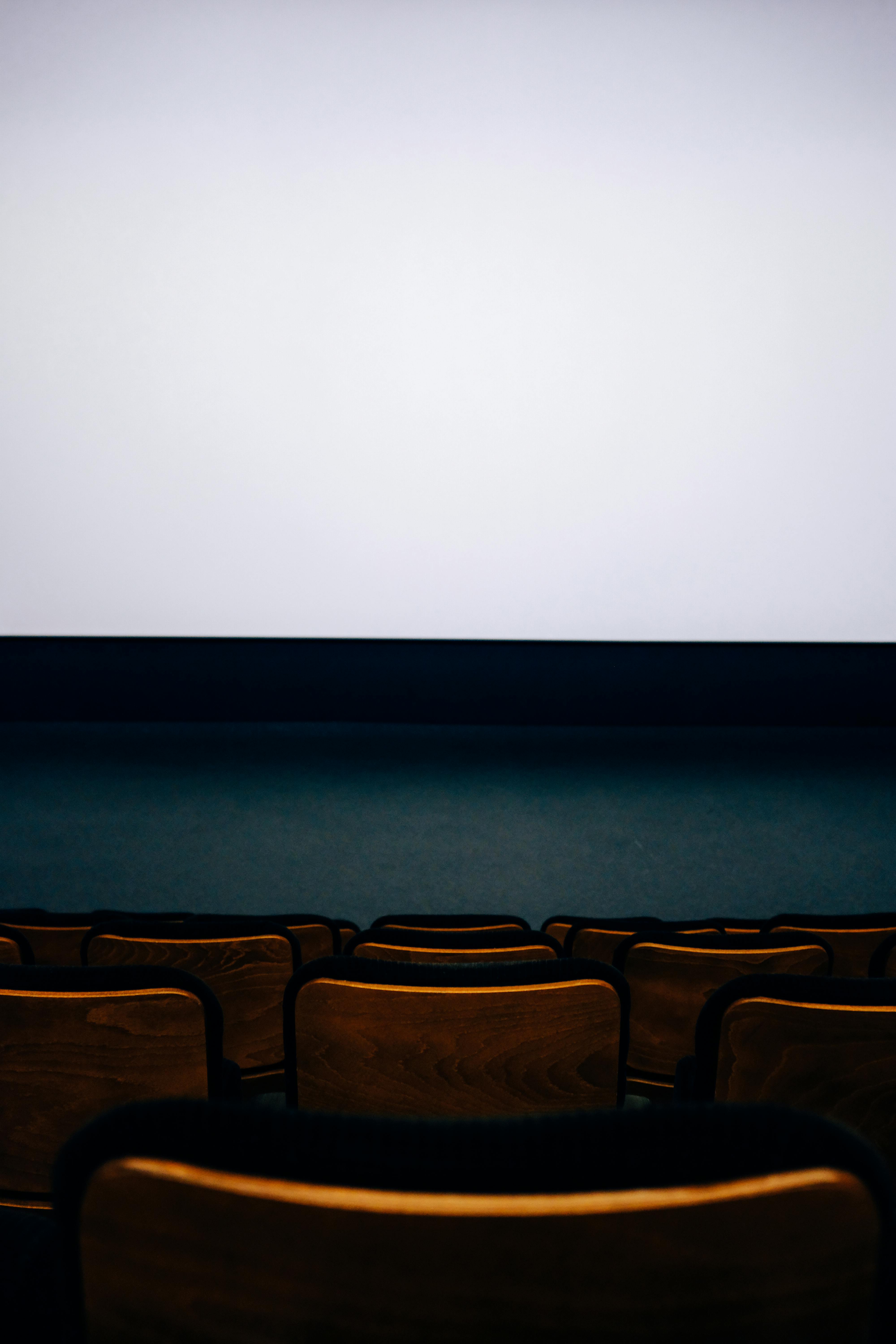The Curious Phenomenon of Reverse Chronology Cinema
In a world where storytelling conventions are constantly evolving, a peculiar trend has emerged in the realm of cinema: reverse chronology narratives. This innovative approach to filmmaking has captivated audiences and critics alike, offering a fresh perspective on how we experience and interpret stories on the silver screen.

The Origins of Backwards Storytelling
While reverse chronology has gained prominence in recent years, its roots can be traced back to early 20th-century literature. Modernist writers like Virginia Woolf and William Faulkner experimented with non-linear narratives, paving the way for this technique to eventually find its way into film. However, it wasn’t until the late 20th and early 21st centuries that reverse chronology truly began to make its mark in cinema.
Pioneers of Reverse Narrative in Film
One of the earliest and most notable examples of reverse chronology in film is Christopher Nolan’s Memento (2000). This psychological thriller, which follows a man with short-term memory loss seeking revenge for his wife’s murder, unfolds in reverse order, mirroring the protagonist’s fractured perception of time. Memento’s critical and commercial success opened the floodgates for more filmmakers to experiment with this narrative structure.
The Psychological Impact on Viewers
Reverse chronology films have a profound effect on audience perception and engagement. By presenting events in reverse order, these movies force viewers to actively participate in the storytelling process, constantly reassessing their understanding of characters and plot as new information is revealed. This cognitive engagement can lead to a more immersive and memorable viewing experience.
Challenges and Criticisms
While reverse chronology has garnered praise for its innovative approach, it is not without its critics. Some argue that the technique can be gimmicky or confusing, potentially alienating viewers who prefer more traditional narrative structures. Filmmakers face the challenge of balancing complexity with clarity, ensuring that the reverse narrative enhances rather than hinders the story’s emotional impact.
Recent Innovations in Reverse Chronology
In recent years, filmmakers have continued to push the boundaries of reverse chronology storytelling. François Ozon’s 5x2 (2004) explores a couple’s relationship through five key moments presented in reverse order, while Gaspar Noé’s Irréversible (2002) uses reverse chronology to create a harrowing and controversial viewing experience. These films demonstrate the versatility of the technique in exploring complex themes and emotions.
The Future of Backwards Narratives
As audiences become more accustomed to non-linear storytelling, reverse chronology is likely to evolve and find new applications in cinema. Some filmmakers are experimenting with hybrid approaches, combining reverse and forward narratives to create multi-layered viewing experiences. The rise of interactive storytelling platforms may also offer new possibilities for reverse chronology narratives, allowing viewers to actively navigate through a story’s timeline.
Impact on Other Media
The success of reverse chronology in film has inspired creators in other media to experiment with this narrative technique. Television series like Top of the Lake: China Girl and The Sinner have incorporated elements of reverse storytelling, while video games such as What Remains of Edith Finch have used backwards narratives to create unique gameplay experiences. This cross-pollination of ideas continues to expand the possibilities of reverse chronology storytelling across various art forms.
Conclusion: A New Perspective on Time in Cinema
Reverse chronology cinema represents a fascinating evolution in the art of storytelling, challenging our perceptions of time, causality, and narrative structure. As filmmakers continue to explore and refine this technique, audiences can look forward to increasingly innovative and thought-provoking cinematic experiences that push the boundaries of traditional storytelling. The phenomenon of reverse chronology serves as a testament to cinema’s enduring ability to surprise, engage, and transform our understanding of the world through the power of visual narrative.





